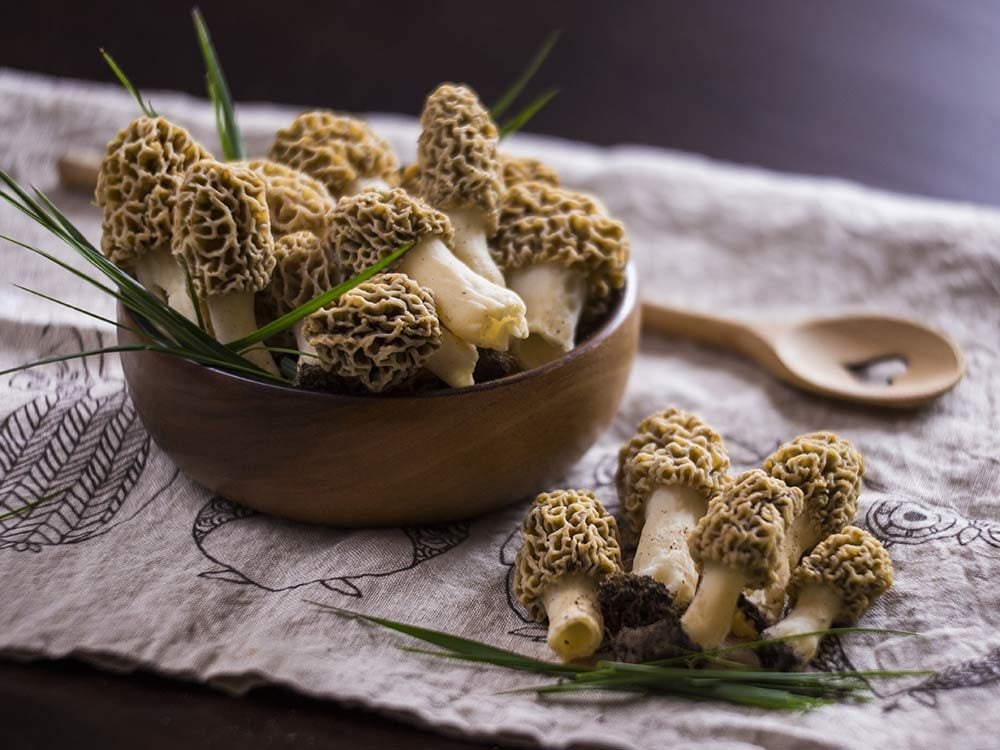
Morel mushrooms
These funky-looking springtime mushrooms are a fresh take on the typical white button mushrooms you’d usually get from a grocery store. Like other varieties, the woodsy morel mushrooms are chock-full of vitamin D, which can be tough to find in food sources. “This strain of mushrooms is in the top couple of mushrooms with the highest amounts of vitamin D,” says registered dietitian nutritionist Marjorie Nolan Cohn, MS, RDN, spokesperson for the Academy of Nutrition and Dietetics. In turn, vitamin D keeps your immune system and thyroid healthy.
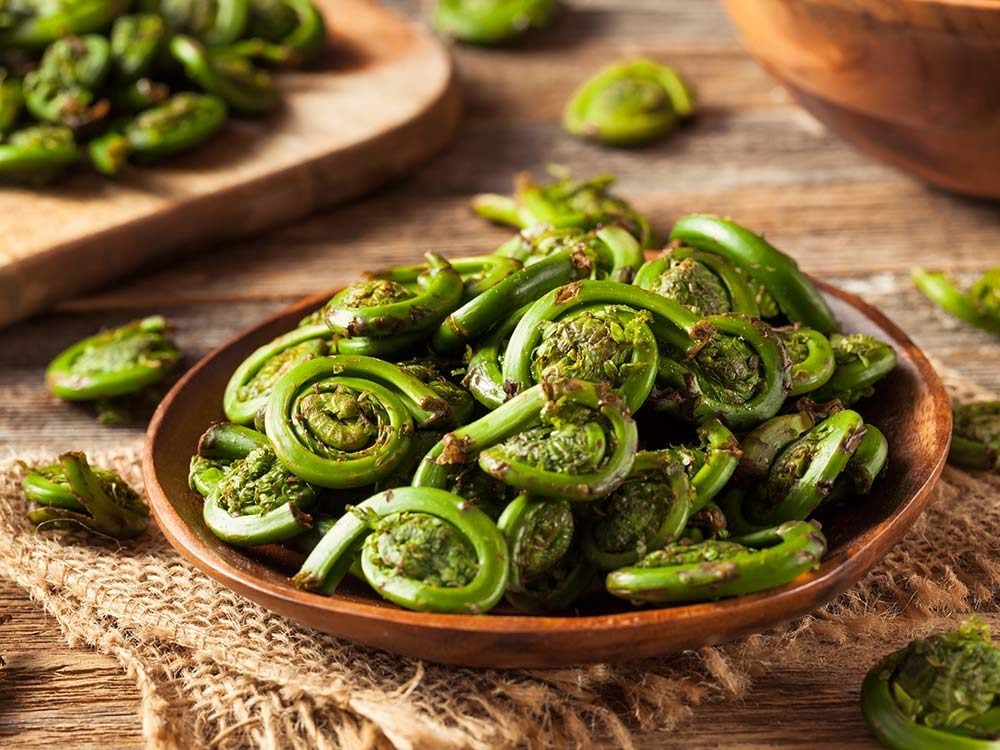
Fiddlehead ferns
These curly discs hit farmer’s markets and specialty stores mid-spring, when they’re picked from young ferns before the leaves uncoil. Fiddlehead ferns taste similar to asparagus, but crunchier and bitterer. They’re packed with healthy antioxidants, but their real claim to fame is omega-3 fatty acids. “You don’t find a lot of fat in plant sources beyond seeds and nuts,” says Nolan Cohn. Omega-3s, often found in fish, are healthy fats that could boost brain and heart health.
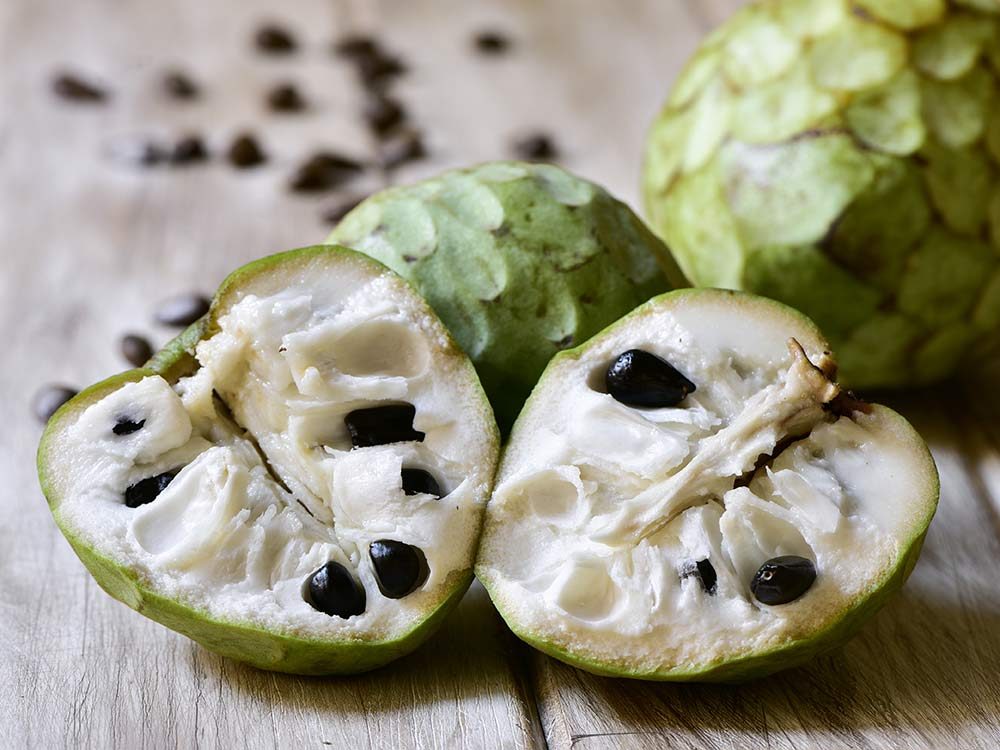
Cherimoya
Heart-shaped, scaly-looking cherimoyas look a bit reptilian, but the white flesh inside is sweet and buttery. You’ll want to pick a fruit that’s hard and green because, like an avocado, it will ripen quickly once you bring it home. Dig in once it turns soft and bronze-coloured. A single peeled fruit has 60 per cent of your daily vitamin C needs, plus a third of your vitamin B6 intake, which helps brain function and helps your body make mood and sleep-regulating hormones. Traditional Mexican medicine uses the spring fruit to ease anxiety, and one study in the Journal of Ethnopharmacology found an extract from the fruit had an antidepressant-like effect on mice. “Conventional Western research is still up for debate or hasn’t been done, but there’s likely something to it,” says Nolan Cohn.
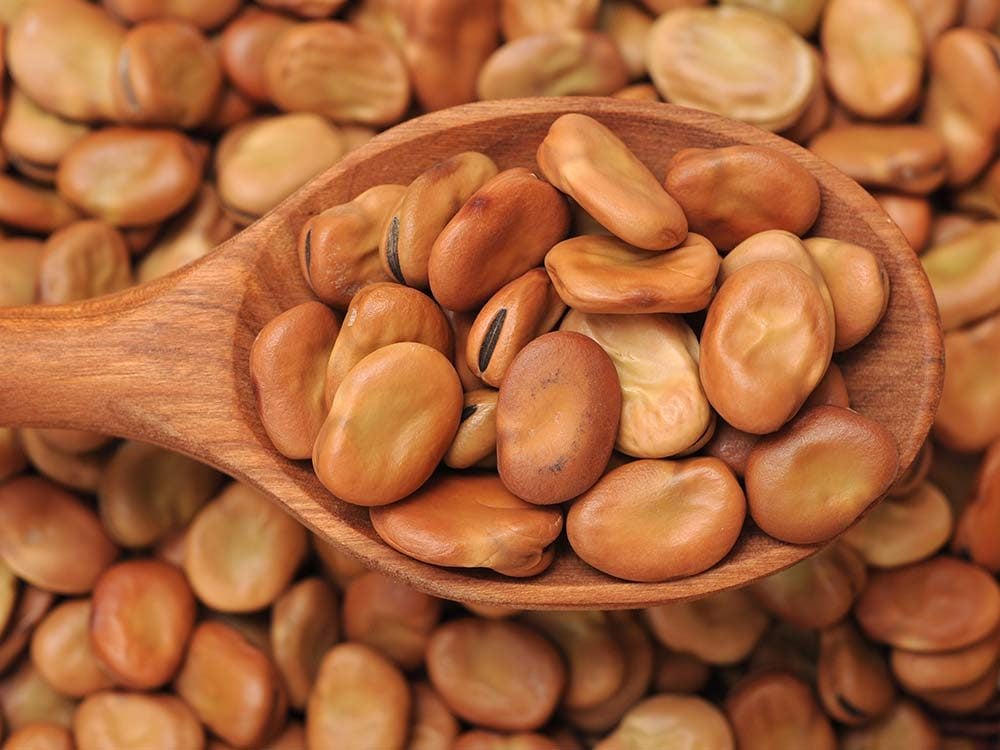
Fava beans
Fava beans usually start cropping up in markets around late spring. Once you shuck and peel the beans, you’ll find a bright green bean that you can eat raw or cooked. Like other beans, they’re high in fibre (9.2 grams per cup) and vegan-friendly protein (12.9 grams per cup). Plus, one serving dishes up 18 per cent of your daily needs for magnesium, which most Americans don’t get enough of, says Nolan Cohn. “Magnesium is a really important variable in thousands of different chemical or biological reactions going on in our body,” she says. “Even if everything else our body needs to make this reaction is available, if magnesium isn’t available, it won’t be working as efficiently.”
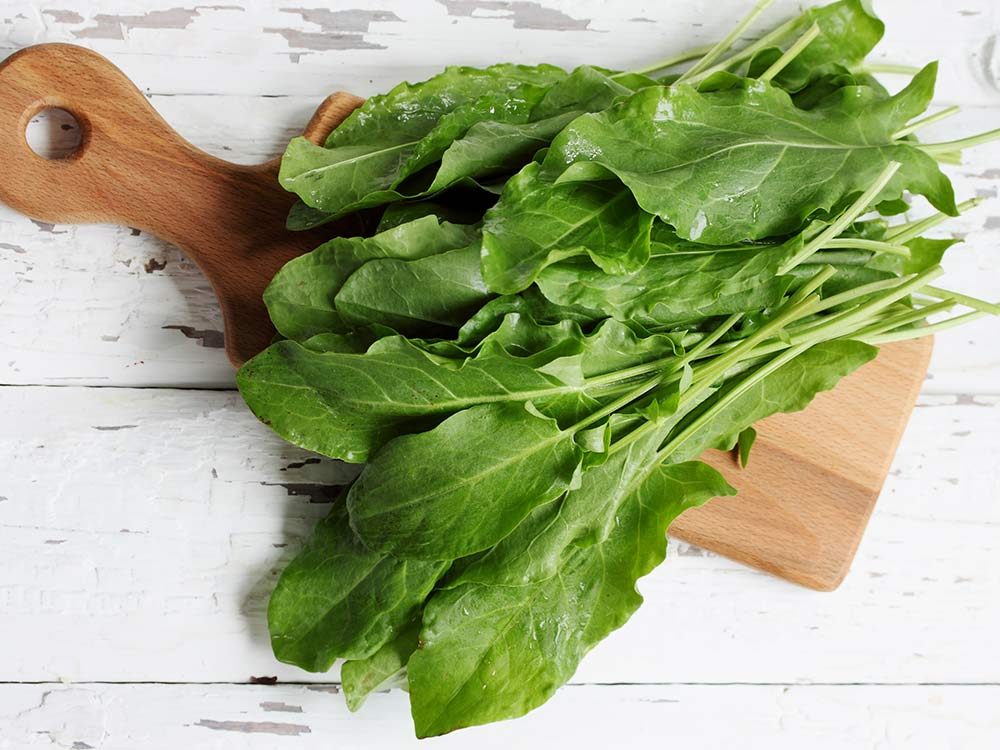
Sorrel
By its leafy appearance, you might think sorrel would taste like grassy spinach, but it actually has a bright, lemony flavour. Add some to mild mixed greens for a bit of zing, or blend it into a creamy soup this spring. One cup packs in more than your daily needs of vitamin A and C to keep your immune system healthy. “It’s high in a nice little variety of antioxidants,” says Nolan Cohn. Sorrel is also loaded with heart-and muscle-healthy potassium, plus iron help to your body deliver oxygen through your body. Check out these other vegetarian iron sources.
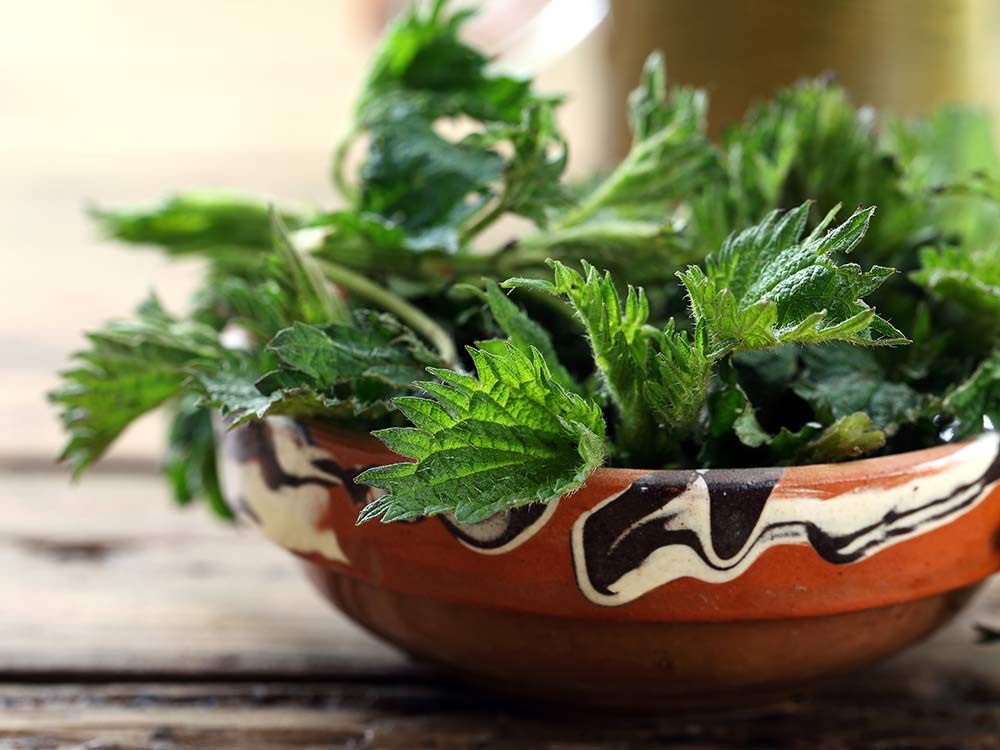
Stinging nettles
You might see stinging nettles at your farmers’ market in late winter, but they’ll stick around until late spring. The name doesn’t lie—the plant’s needles can cause a rash, so handle them with gloves until you cook them. Once you blanch or sauté them, though, you can enjoy their bright taste safely. Swap spinach for nettles and you’ll pack your recipe with even more vitamin K and bone-healthy calcium. Some people even swear nettle tea can soothe allergies and asthma. “Why not try some organic nettle tea that you can brew yourself?” says Nolan Cohn. “It may not cure you, but it certainly likely will not hurt you at all either.”
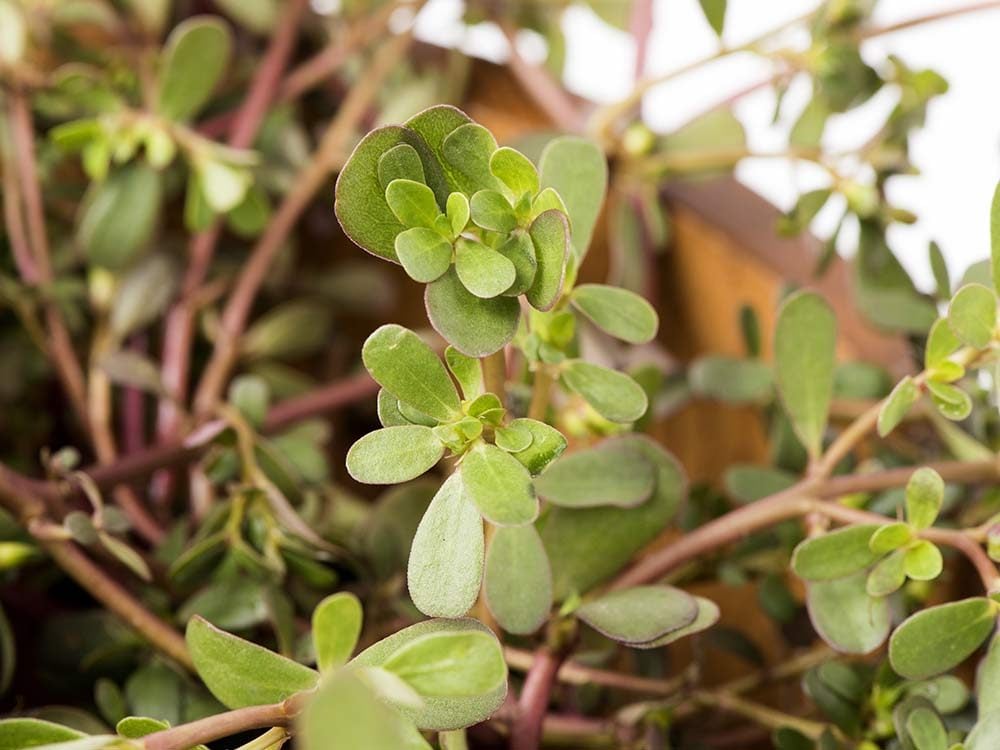
Purslane
Snubbed as a weed by many gardeners, purslane’s little leaves make a tasty addition to your kitchen. It’s chock-full of vision-healthy vitamin A and immune-boosting vitamin C. Top your sandwich with the watercress-like leaves instead of your usual lettuce to give your diet a healthy dose of variety. “The more diverse your diet is, the more diverse your gut bacteria is,” says Nolan Cohn. “The more diverse your microbiome is, the healthier you are.”
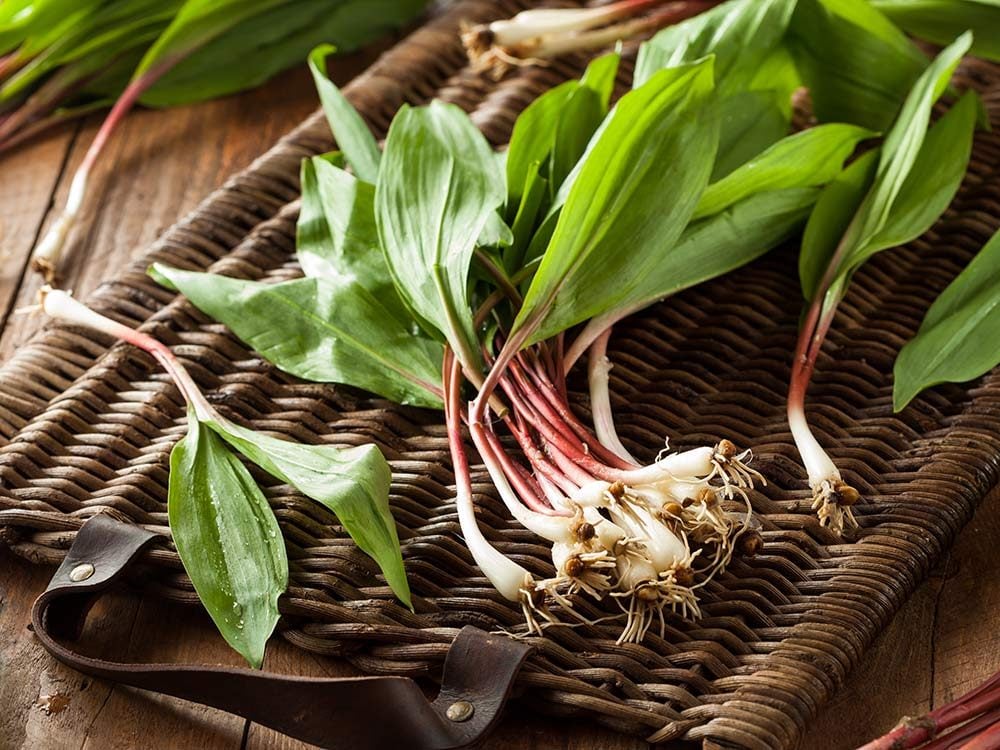
Ramps
Sensitive palates might prefer milder, sweeter ramps over onions and garlic, but you can sub them into any recipe that calls for shallots or scallions too. Also known as wild leeks, ramps are high in vitamin A, vitamin C, selenium, and chromium. “Chromium supports weight loss and blood sugar stabilization,” says Nolan Cohn. A chromium weight-loss supplement won’t miraculously speed up your metabolism, but having a well-rounded diet that includes the mineral will help your body keep insulin levels in check.